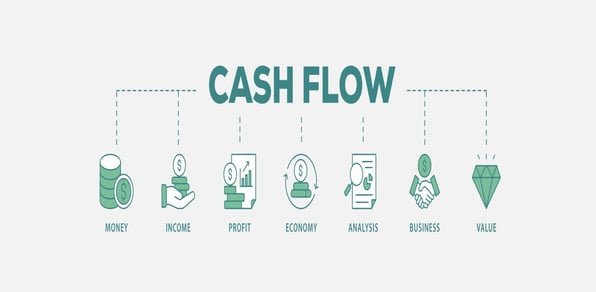Strategic alignment across all departments is an absolute necessity for corporations to remain profitable in the current digital business environment! Gone is what was once a yearly corporate activity to set strategic goals. The digital world extended by the growing use of AI has resulted in frequent modifications in strategic goals. Departments are continually challenged to maintain strategic alignment and those involved in the Procure to Pay process are certainly no exception.
Non-Alignment has devastating implications on corporate effectiveness and resulting inability to achieve profitability goals.
Procurement of goods and services is driven by requirements from downstream operations. Strategic alignment demands that procurement understands operational demands related to quantity, price, quality and expected delivery of goods and services to operations. Even minor deviations in procurement will have significant impact downstream as the procurement issues ripple outward. So, how do procurement ripples impact corporate strategic initiatives? In order to determine corporate holistic efficiencies many analysts look to a common metric - the Cash Conversion Cycle (CCC).
The formula for the cash conversion cycle is:
Days inventory outstanding + Days sales outstanding - Days payables outstanding
The cash conversion cycle gauges how well management utilizes working capital (money used in day-to-day operations). This metric measures the amount of time a corporation takes to turn money invested in operations into cash. When CCC increases it is generally considered a sign that management of resources and related efficiencies is not on par with competition.
Since this series is focused on how to improve procure to pay, consideration will be given to how procurement alignment with corporate goals influences the resulting CCC metric and thereby profitability.
Procurement strategy has a strong influence on CCC. It impacts the cost of goods (CGS) sold, the length of time goods are in process, the way invoices are paid and supplier relationships. While the impact on CGS, inventory and payments are intuitively obvious, relationships with suppliers may be less obvious. With the constant disruptions in the supply chain, it is imperative that corporations work closely with key mission critical suppliers to ensure suppliers maintain sufficient cash flow so they can provide essential goods and services.
Understanding that procurement is a key variable in the CCC metric, improvement of procurement processing gaps will drive favorable CCC metrics.
Strategic alignment requirements are documented but due to the digitization of continual changes in government requirements as well as fluctuations in corporate financial goals it is difficult to ensure everyone is always on the same strategic page. Many corporate “best in class” strategies have led to investment in digital core software solutions in procurement as the primary focus of digital transformation. While procurement automation drives improvement, often these implementations do not provide adequate time for procurement to be fully vetted on how to align with current strategic initiatives. The knowledge gap related to current strategies coupled with the common scenario of having to do more with fewer people will potentially impair procurement’s ability to be fully aligned. With the implementation of the Spotline Procurement Bot all employees have “in the moment” access to current digital policies and procedures. Accessing the digital strategic information in real time ensures all end-to-end procurement process participants understand the requirements to be strategically aligned.
Eliminate partial procure to pay strategic alignment and improve Cash Conversion Cycle metrics with Spotline Procurement Bot!



.png?width=352&name=CouchGirl%20(1).png)

